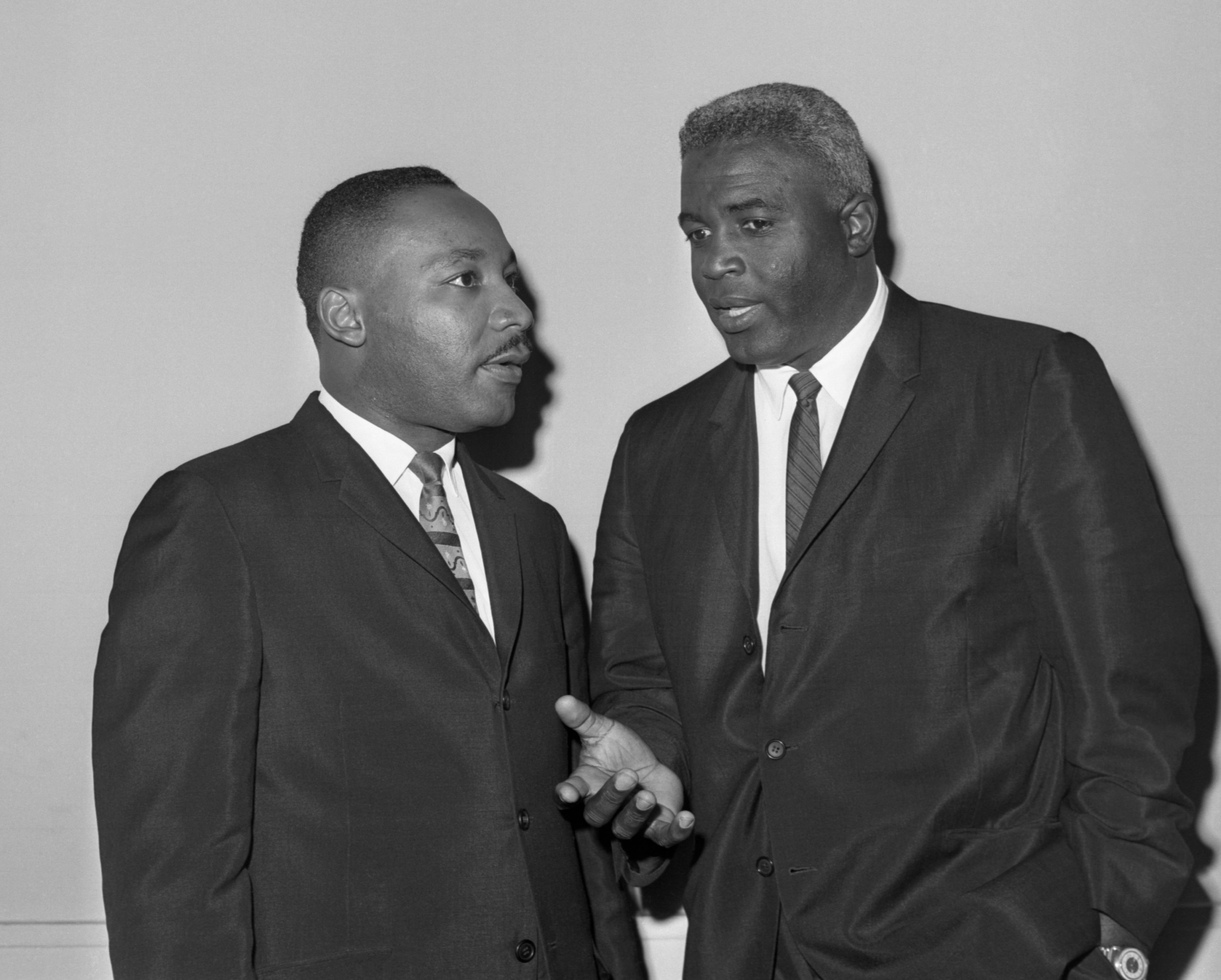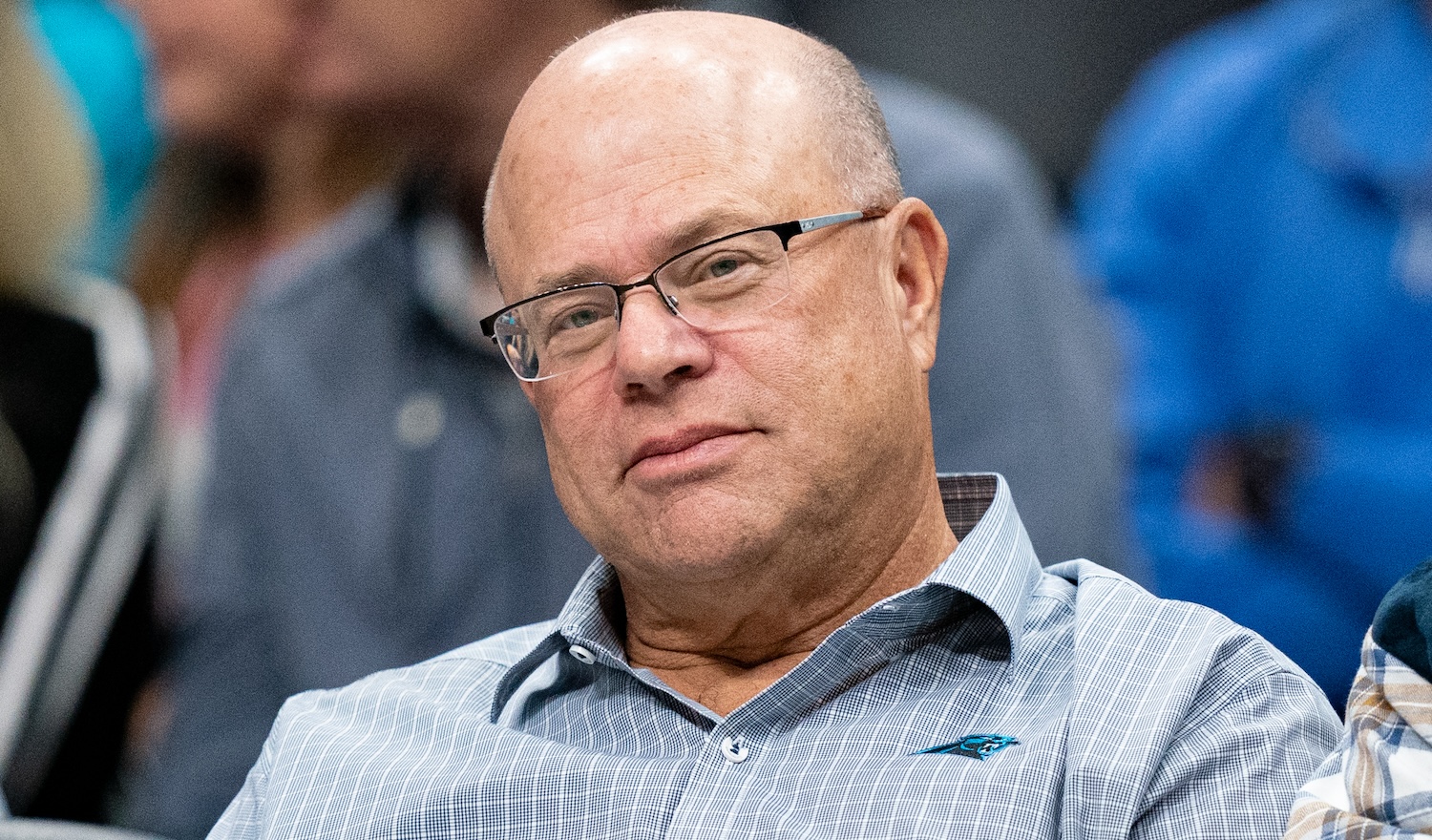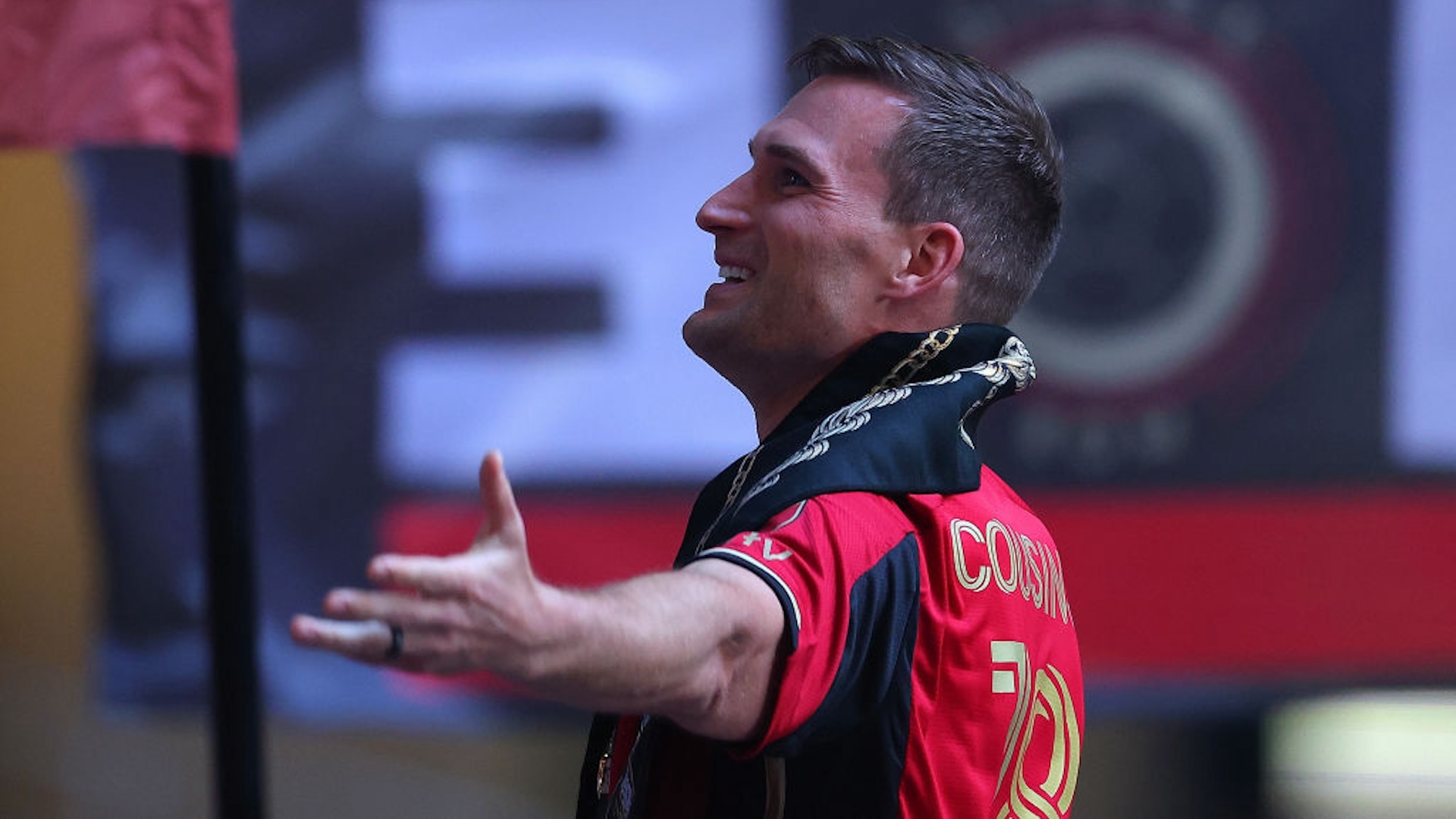Defector has partnered with Baseball Prospectus to bring you a taste of their work. They write good shit that we think you’ll like. If you do like it, we encourage you to check out their site and subscribe.
This story was originally published at Baseball Prospectus on January 12.
In 1934, a tall, skinny southpaw named Stuart “Slim” Jones had a season as good as any in history, going 20-4 with a 1.24 ERA. He allowed only 141 hits in 203 innings while walking just 47 and striking out 164 batters. The season would prove to be a one-off. Jones’ arm had been spent and the medicine of the time couldn’t repair it. He also drank heavily and, either as a result of all the liquor or by tragic coincidence, other parts of his body, those more directly implicated in sustaining life than an arm, began to break down. Slim Jones died in Baltimore in 1938. He was only 25.
Jones’ sole year of glory came in 1934, the season which would one day put Dizzy Dean in the Hall of Fame. Dean pitched the St. Louis Cardinals to the World Series with his 30-7, 2.66 ERA season. As the Cy Young Award was still years in the future, the baseball writers could only consider him for the National League Most Valuable Player Award. This he won easily, but it’s easy to wonder how Jones’ season might have complicated his candidacy had voters been able to consider it; as good as Dean was, he wasn’t as successful at preventing runs as some of his peers. Despite winning nine more games than the Giants’ Carl Hubbell, Dean ranked second to Hubbell in ERA (2.30), whereas Jones was a third of a run better than his nearest rival, Satchel Paige, and almost 1.3 runs better than the pitcher who ranked third, Lefty Holmes. Baseball-Reference figures Dean’s park- and league-adjusted ERA at 159, and Jones’ at 333.
No doubt the inclusion of Paige makes it obvious why the voters failed to ask themselves if all of Dean’s 30 wins, 300-inning durability, and folksy charm were a greater mark of excellence than Jones’ more thorough stifling of hitters: They occupied separate universes. As a player of color, Jones was restricted to the Negro National League; the Philadelphia Stars were the recipients of his skill, though every team in the white majors would have benefited from his presence.
Jones’ eventual fate cannot be blamed on the color line, or at least the color line can’t be blamed directly. Pitching being inherently destructive to the arm, sustained greatness in moundsmen is more the exception than the rule. Alcoholism has complex causes and we don’t know enough about Jones’ recourse to the bottle to comment. Similarly, the origins of his non-athletic health issues (his kidneys quit) are unknown to us, so we can’t say anything authoritative about how he came to be in such dire condition, but we can point out that the wide disparity in life expectancy between white and black people in the United States has been well observed for more than a century. To the extent that Jones’ untimely departure from this world might have been due to institutional issues like an inability to secure quality care, the reign of Jim Crow in general, and perhaps even its baseball component, the color line, can be responsibly cited as a potential factor. Conversely, the color line is—obviously, incontrovertibly—100 percent responsible for Jones’ failure to compete for the 1934 National or American League MVP award despite having a season that could make Clayton Kershaw weep with envy.
The notion that in the past America has used legal, bureaucratic, and corporate strictures to systematically deny equal opportunity (and equal other things, like access to healthcare) to Americans of non-white hue has lately been subject to attack from the right, particularly when that concept is being taught in schools. Two recent examples: In this Twitter thread from last week, Professor Jeffrey Sachs discusses the abrupt termination of a reading of Dr. Seuss’ The Sneetches to a class of third graders for an NPR podcast. One of the third graders did what you would hope they would do—listen critically and process the point of Seuss’ allegory about prejudice based on superficial physical characteristics. The story is “Like, white people disrespected black people,” a child said, at which point the school district’s assistant director of communications terminated the lesson. “I made a personal judgment call we shouldn’t do the reading because of some of the other themes and undertones that were unfolding that were not shared that we would be discussing with parents,” said the official.
If the new standard for educating children about racism—including non-specific, generic, no-references-to-American-slavery-or-segregation-racism but simple fiction about a bunch of big yellow ambulatory birds—is that parents must be consulted, then there is no way we can discuss Slim Jones or Satchel Paige or Jackie Robinson at all. If it is controversial that sometimes people are mean to each other based on the way they look, as Seuss suggested, then actual, honest-to-goodness examples of American prejudice directed at denying opportunity to high-performing athletes of color can’t be discussed sensibly.
If children can’t be taught about Jim Crow then they can’t understand why a Robinson started with the Monarchs rather than the Dodgers or why, as good as Slim Jones was, he never faced down Lou Gehrig at Yankee Stadium. It was because of the way he looked, full stop, but teachers would have to invent some other reason. “We weren’t there; we can only speculate. Maybe Slim just liked it better with an all-black Philadelphia team and wasn’t interested in pitching for the A’s or Phillies! After all, those teams were pretty bad then. He was just showing discernment!” If the kids were told the truth, it might upset them or make them question the age-old, check-your-brain-at-the-flag idea of “My country, right or wrong.” Worse, it might make us question certain self-protective judgments.
This is already happening. Journalist Judd Legum has described in his newsletter Popular Information how a Florida high school teacher with a perverse definition of “education” has used Florida’s “Stop WOKE Act” to demand that approximately 150 books be removed from Escambia County, Florida school libraries, among them, When Wilma Rudolph Played Basketball, a biography of the Olympic track and field star. “Wilma Rudolph became a great American athlete. But do you know what she was like as a child?” asks the book’s jacket copy. “From battling polio to playing basketball, Wilma was a determined and strong child. This playful story of her childhood will help young readers connect with a historic figure and will inspire them to want to achieve greatness.” The book is part of a series directed at 6-8-year-olds from Picture Window Books called, “Leaders Doing Handstands.” Other entries include When Amelia Earhart Built a Roller Coaster, When Martin Luther King Jr. Wore Roller Skates, and When Rosa Parks Went Fishing.
The appeal of offering the gold medalist Rudolph to children of any race or gender is easy to see. In order to become a star athlete, Rudolph (born 1940) had to overcome both the disability inflicted by a childhood case of polio and the lack of medical care available to a person of color in pre-civil rights Tennessee. It’s a great story, but the (I use the term loosely) teacher, Vicki Baggett, reported the book as having the purpose of “race-baiting” because it “opines prejudice based on race,” afterwards telling Legum that the book “white-shamed” white students. The “REQUEST FOR THE RECONSIDERATION OF EDUCATIONAL MEDIA” form that Baggett submitted to the district asks, “For what age group would you recommend this educational media?” She wrote, “None.”
If the litmus test for teaching children any aspect of our national story is, “Might make white people question the actions by their ancestors,” then all of our history fails that test; issues of race have been so pervasive in our national story that almost every major episode contains race as a component. We can no longer discuss Washington, Jefferson, Lincoln and just about every major moment in American history with anything like honesty or accuracy. Certainly Dr. King must also be avoided or deprived of anything like a coherent context; Parks can’t be discussed rationally without invoking Jim Crow, and even Amelia Earhart goes, in her case not because of race but because of gender. As a female flier, Earhart was novel. But why were female fliers unusual? We can’t say; the answer might upset someone. Why would it upset them? We can’t say.
These sorts of arguments cloak themselves in a legitimate concern, one that every parent must face: What is the right age for children to learn about some of the more difficult aspects of life (both generally and in regard to specific aspects of American history and culture)? The answer isn’t as complex as the advocates of for-the-children censorship like to make it: We teach them carefully and in age-appropriate ways. That’s it. The goal is to educate, not blow their little minds. It’s why, when we broach the idea of reproduction, we start with the birds and the bees and not Last Tango in Paris. History is actually less complicated than sex education: We do not wait to begin teaching a child the difference between right and wrong or respect for others, and you can’t teach them “right” without depicting “wrong;” the triumph of good over evil only has resonance if we understand what evil is.
What’s strange is that someone would feel so implicated by the facts of history that they would seek to suppress them. The concept of collective versus individual responsibility is a complex one, but teaching young children about the great moral issue of this country’s history need not address that, not right away; it isn’t easy to understand why one might feel shame for a crime committed hundreds of years before he was born, one in which he neither held the gun nor pulled the trigger. Young children don’t need to grapple with that concept, but as adults we must, even though we do not like to think of our parents or grandparents in a bad way. Nor do we like to doubt national myths and system in which we were taught to place pride. Question: If not all whites of the Jim Crow area were racists individually, but as the political and cultural structures that created and sustained it continued at the sufferance of the totality of whites, does it follow that even people who never had a hostile thought in their lives were tacitly complicit? How about those who pretty clearly did harbor some hostile thoughts? Does that make your late grandmother’s cookies any less delicious? On one hand it shouldn’t, but on the other, yeah, it should. In that dichotomy we discover the difference between immutable memory and evolving comprehension. It’s a good thing.
It seems clear that some people are so overwhelmed by these kinds of questions that they find it best to pretend that nothing wrong ever happened. Thus a book that “opines prejudice based on race” is automatically suspect. This (pardon the expression) whitewashing is the only inference that can be drawn from the complaint, because in no other place is the subject open to interpretation: The facts of Wilma Rudolph’s life are not in dispute. What Baggett and those who agree with her object to is the context within which her life is presented. Note that the argument against the Rudolph biography is not that it is in any sense age-inappropriate (again, Baggett wrote that it is wrong for all age-groups), but rather that it presents, in her view, the opinion that Rudolph’s life was affected by race-prejudice.

If this trend stands then all of baseball history has been rendered off-limits to children. Fleet Walker and Jackie Robinson no longer make sense—they’ve been retconned to have departed and arrived from the majors according to their own impulses. Branch Rickey wasn’t doing anything special when he signed Robinson, because to say anything else would be white-shaming. Bill Veeck claimed that Judge Landis stopped him from buying and integrating the Phillies. Neither Landis nor Veeck can have any coherent rationale for their positions; the former couldn’t have been motivated by racial animus and the latter was attacking a problem that didn’t exist. Robinson died thwarted in his desire to see Black managers. Frank Robinson broke that barrier. If American life in general and their lives specifically were not affected by prejudice based on race, then Jackie’s agitation and Frank’s celebration are reduced to well-publicized matters of special pleading. And that’s only baseball. The rest of our story would be destroyed by the same virus. Thomas Jefferson, who wrote that all men are created equal, also wrote, in equal seriousness, that all Black people smelled bad and lacked the ability to write poetry. If that’s not evidence of “prejudice based on race,” then the onus should be on the deniers to explain what the hell they think it is.
Jefferson is the advanced course. He’s someone we need but can’t accept, someone who had certain thoughts that demand condemnation but had others that are too valuable to be thrown away. Save the cognitive dissonance induced by the founders for another time (early in life Benjamin Franklin owned at least one slave; later in life he founded one of the first anti-slavery societies—discuss). Better to start with Slim Jones, who for one year had an arm that was powered by lightning, but only very few people knew about it. Neglected, he soon died in obscurity. It’s kind of like getting an A+ in class, only your teacher doesn’t write it on your report card. How would you feel about that? Bad, right?
At that point, the story becomes not only about race, but also about justice. It’s pretty simple, but you can see why some people would find it threatening.
If you liked this blog, please share it! Your referrals help Defector reach new readers, and those new readers always get a few free blogs before encountering our paywall.
Stay in touch
Sign up for our free newsletter





